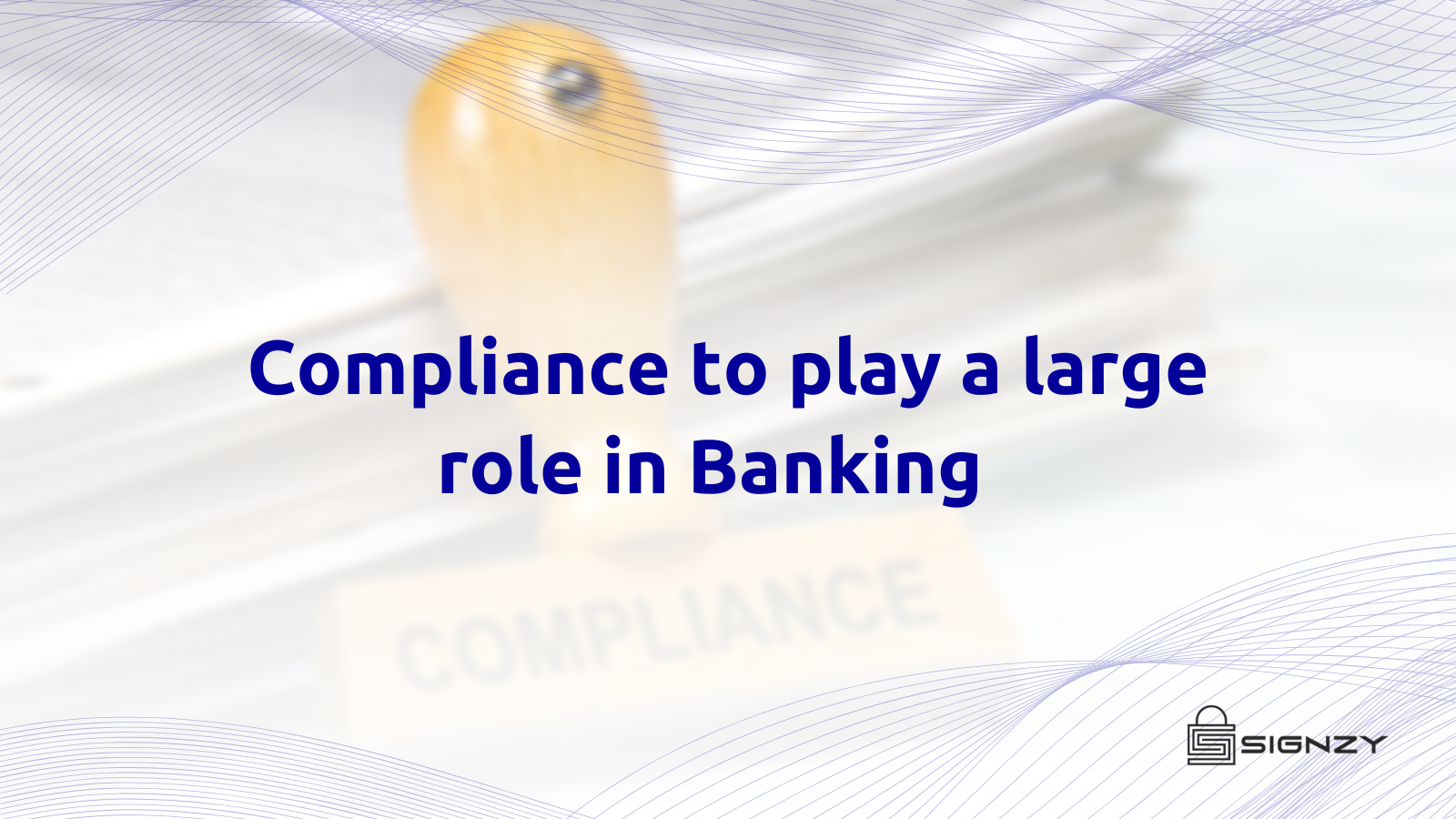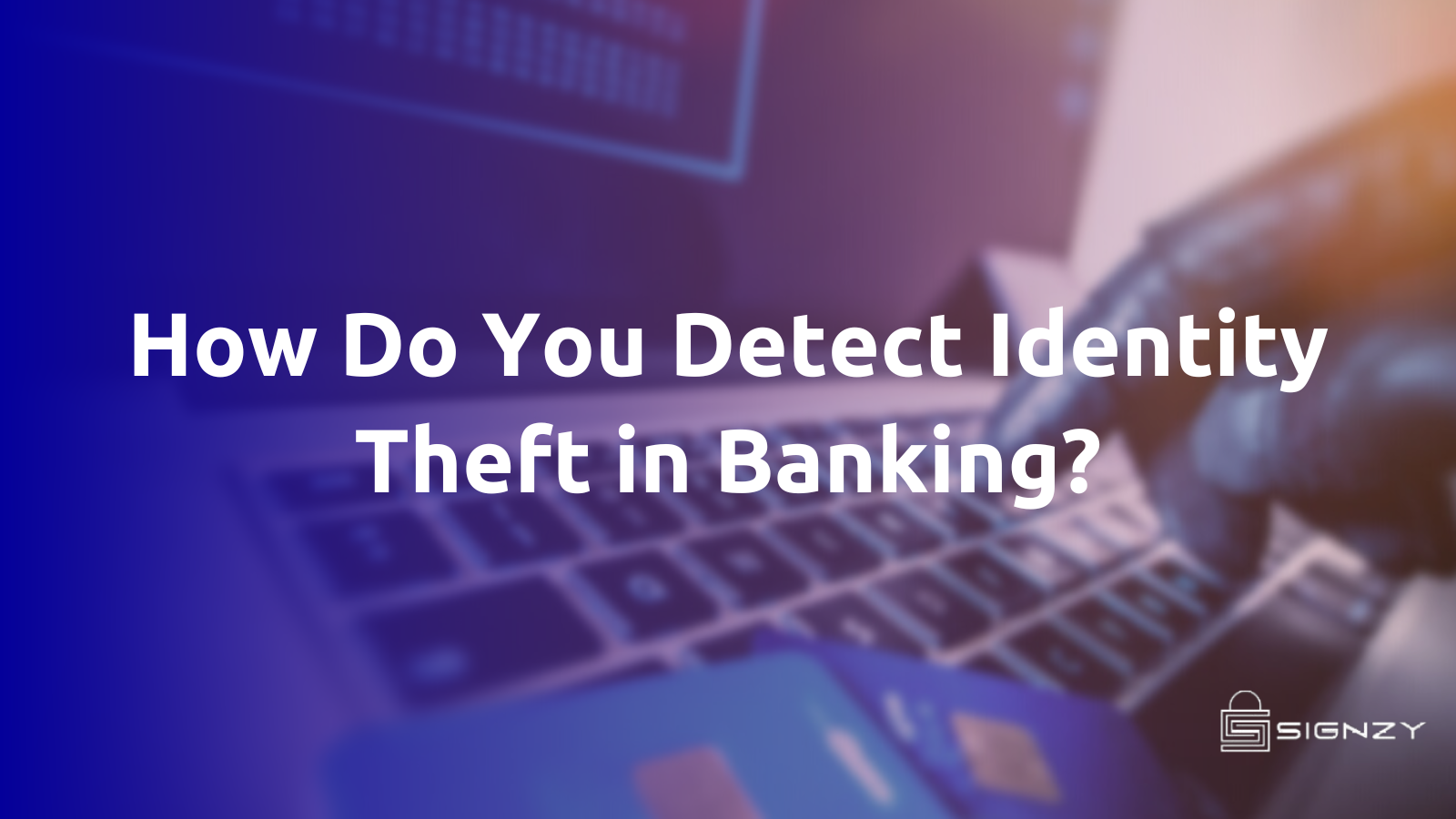In an era where digital financial transactions are becoming the norm, the significance of bank account verification has never been more pronounced. This process is a vital component in the fight against financial fraud, ensuring the security and integrity of banking systems worldwide. In this blog, we explore the crucial role of bank account verification, the risks associated with inadequate verification, and the latest technological advancements in this field, with a special focus on recent fraud incidents in India.
Understanding Bank Account Verification
Bank account verification is a critical process used by financial institutions and businesses to confirm the ownership and status of a bank account before processing transactions. This verification serves several key purposes:
- Ensuring Legitimacy: It verifies that the account is active and belongs to the person claiming ownership.
- Preventing Fraud: By verifying accounts, institutions can prevent various types of financial fraud.
- Compliance with Regulations: It aids in adhering to anti-money laundering (AML) and know your customer (KYC) regulations.
Why is Bank Account Verification Crucial?
The importance of bank account verification is particularly acute in countries like India, where there’s a rapid increase in digital transactions. Key reasons include:
- Rising Digital Transactions: The growing volume of online transactions heightens the risk of fraudulent activities.
- Complex Fraud Schemes: Sophisticated fraud schemes make robust verification systems essential.
- Regulatory Compliance: Financial institutions must comply with strict KYC and AML guidelines.
The Consequences of Inadequate Verification
Inadequate verification can lead to various types of financial fraud, such as identity theft, account takeover, and money laundering.
Recent Frauds in India: A Wake-Up Call
Increasing Number of Fraud Cases: In the financial year 2022-23, the banking sector in India reported 13,530 cases of fraud. However, it’s interesting to note that the total amount involved in these frauds nearly halved to ₹30,252 crore compared to previous years. This indicates a higher frequency of smaller-scale frauds, especially in the private banking sector.
Notable Fraud Cases:
UCO Bank Fraud: A significant case was reported in November 2023, where two engineers working at UCO Bank managed to transfer ₹820 crore from seven private banks to their accounts, exploiting the Immediate Payment Service (IMPS) system. This case involved a staggering 853,049 transactions within three days, indicating the scale and speed at which bank frauds can occur.
SIM Card Fraud: Another case involved a cybercriminal who exploited SIM card fraud to access and steal ₹18.74 lakh from a company’s bank account. This case highlights the sophisticated methods fraudsters use, such as SIM swapping or hijacking, to gain unauthorized access to bank accounts
How Do Businesses Verify Bank Accounts?
Businesses typically follow these steps for bank account verification:
- Collecting Information: Gathering account details from the customer.
- Verification Requests: Sending a request to the bank or using third-party services to verify the details.
- Confirmation: Receiving confirmation from the bank regarding the account’s validity and status.
The entire process can range from a few minutes to a few days, depending on the method used.
How Does AI Help in Instant Bank Account Verification?
AI technology has revolutionized the process of bank account verification, enhancing both speed and accuracy. This advancement allows for the automation of tasks previously done manually, such as cross-referencing personal details like names, addresses, and account numbers. AI systems are also capable of validating documents that have been scanned or photographed and can even conduct online identity checks through video calls.
Furthermore, AI plays a crucial role in thwarting fraudulent activities. For instance, during identity verification via video calls, AI-enabled ‘liveness tests’ can identify and flag deepfake videos, thereby adding an extra layer of security against sophisticated fraud attempts.
Conclusion
Bank account verification is a critical defense mechanism against financial fraud. The recent incidents in India serve as a stark reminder of the consequences of inadequate verification. Embracing advanced technologies like AI and stringent verification processes is imperative for the safety and integrity of the financial ecosystem.
In the banking world, verification is not just a step; it’s the cornerstone of trust and safety. As we advance, staying vigilant and secure is crucial in this ever-evolving digital landscape.
How Signzy helps businesses to stay compliant and prevent bank account frauds?
Signzy’s API plays a crucial role in helping businesses stay compliant and prevent bank account frauds through its advanced features and capabilities:
Bank Account Verification API
- Functionality: Signzy’s Bank Account Verification API facilitates the verification of customer bank accounts quickly and efficiently. It checks the legitimacy of customers, preventing fraudulent activities.
- Process: The API works by requiring a customer’s bank account number and IFSC code, which it then uses to validate the account details against the banking information system, ensuring instant bank account verification and readiness for transactions.
- Benefits: The API offers a dependable process, accurate perception of behavior and credit, and is both smooth and scalable. This ensures a reliable and real-time verification of information
Fraud Screening Solutions
- Capabilities: Signzy’s Fraud Screening Solutions are designed to minimize the risk of onboarding fraudulent customers. They use AI-based algorithms for continuous learning and evolving, which helps in reducing fraudulent activities and decreasing false positives.
- Tools Offered: The solutions include liveness checks through assisted videos and face match selfies, basic and advanced document forgery checks, and other multi-fraud control mechanisms like mobile, email, and IP validation.
- Impact: These tools are crucial for accepting only genuine customers, reducing human intervention in the verification process, and providing wide coverage against various forms of frauds
About Signzy
Signzy is a market-leading platform redefining the speed, accuracy, and experience of how financial institutions are onboarding customers and businesses – using the digital medium. The company’s award-winning no-code GO platform delivers seamless, end-to-end, and multi-channel onboarding journeys while offering customizable workflows. In addition, it gives these players access to an aggregated marketplace of 240+ bespoke APIs, easily added to any workflow with simple widgets.
Signzy is enabling ten million+ end customer and business onboarding every month at a success rate of 99% while reducing the speed to market from 6 months to 3-4 weeks. It works with over 240+ FIs globally, including the 4 largest banks in India, a Top 3 acquiring Bank in the US, and has a robust global partnership with Mastercard and Microsoft. The company’s product team is based out of Bengaluru and has a strong presence in Mumbai, New York, and Dubai.
Visit www.signzy.com for more information about us.
Contact us directly!







